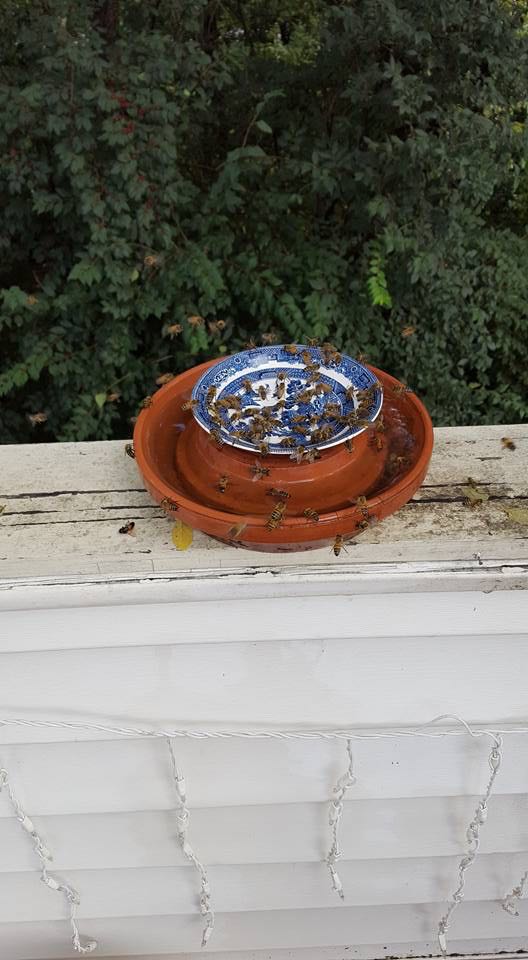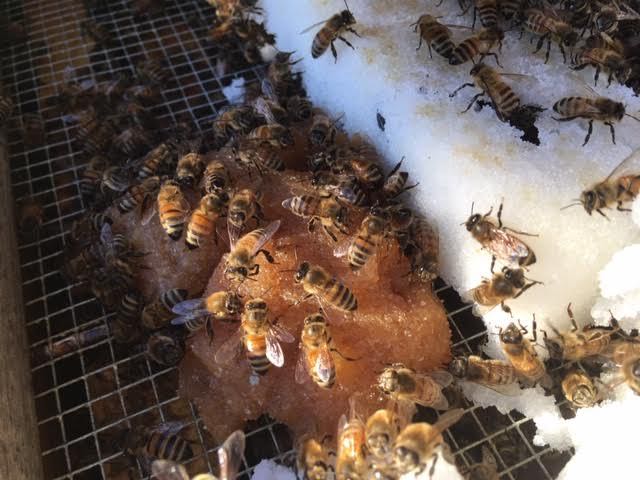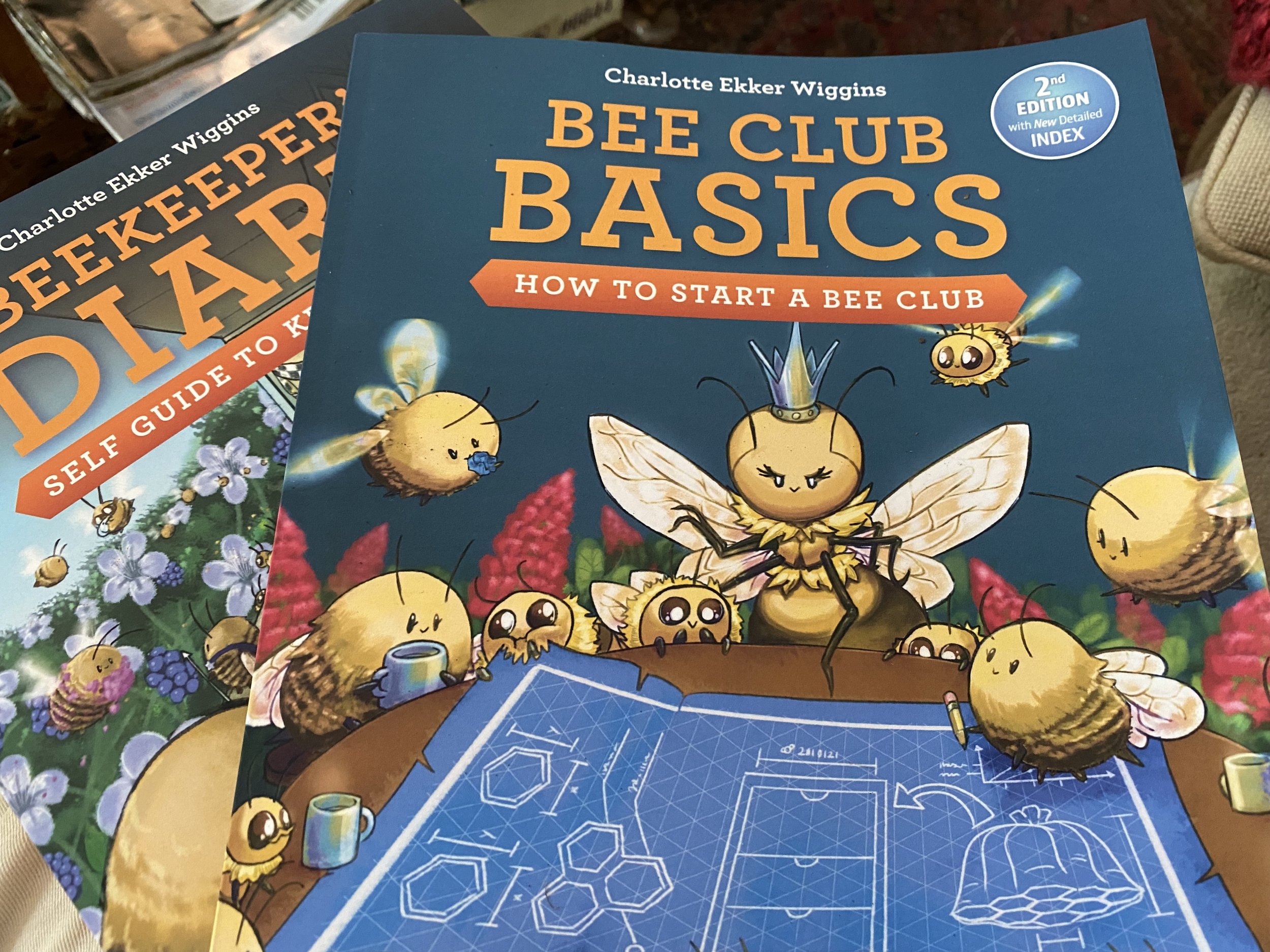Can You Help Me Identify This Plant?
/Can You Help Me Identify This Plant?
"My bees and butterflies are all over this plant. We almost pulled it up as a weed. Can you help me identify what it is?" -- Dave
Serrated leaf edges help with this plant identification.
One more photo of the flowers:
A native Missouri wildflower, the compass flower.
That's a compass plant, a Missouri wildflower that grows 8 feet tall.
According to Missouri Botanical Garden, compass plant is a Missouri native perennial which occurs in prairies and glades throughout most of the State. It is a tall, sturdy, rough, bristly plant that grows on stiff, hairy, resinous stems to 9' tall. Compass plants feature sunflower-like flowers to 5" wide with yellow rays and yellow center disks.
Flowers bloom in loose spikes on the upper parts of the plant in summer. Very large, deeply pinnatifid cut close to the midrib basal leaves to 18" long are reminiscent of pin oak leaves. Upper leaves are smaller. Basal leaves usually orient themselves on a north-south axis so as to minimize intense overhead sun exposure, thus giving rise to the common name.
Split or broken stems exude a gummy, fragrant-but-bitter resin which was used by Native Americans as a mouth-cleansing chewing gum. Many of the silphiums are commonly called rosinweed.
A gardening friend is giving me a number of starts for my bee garden. Bees love this native!
Charlotte



















